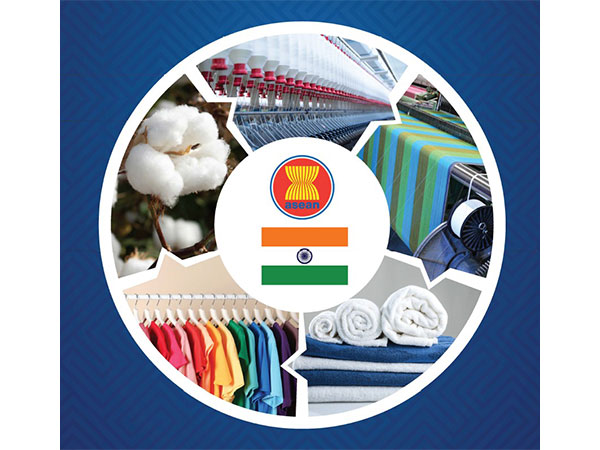Trade Hurdles: India's Textile Industry Battles ASEAN Barriers
India's trade with ASEAN nations grows, but textile exporters face challenges due to exclusion lists and restricted access. Despite zero-duty opportunities, full potential not tapped. A call for renegotiating terms to boost offensive exports and protect local industries emerges, as PLI scheme aims to enhance competitiveness.

- Country:
- India
India's trade volume with key ASEAN partners such as Indonesia, Thailand, and Malaysia has seen substantial growth, despite a protectionist shift following the ASEAN-India Free Trade Agreement (AITIGA). However, Indian exporters, particularly those in the textile sector, continue to grapple with significant hurdles. A report from India-Exim Bank highlights that many Indian textile products are placed on "exclusion" or "sensitive" lists by ASEAN countries.
This placement denies these products duty-free access, complicating the competitive landscape for Indian textiles in these markets. While the Philippines and Vietnam extend zero-duty access under AITIGA, Indian firms are yet to fully capitalize on these opportunities. The study urges a reassessment and renegotiation of the trade agreement, focusing on securing greater access for India's strong export categories labeled as "offensive" products.
Simultaneously, India must maintain higher tariffs on "defensive" products to safeguard local industries and narrow the trade deficit. The textile and garment sector is crucial to India's economy, accounting for over 10% of manufacturing output and 1.4% of GDP. In 2023-24, textile exports amounted to USD 34.4 billion, nearly 8% of total merchandise exports.
To foster growth in man-made fibres, the Indian government has launched the Production Linked Incentive (PLI) scheme, targeting the Man-Made Fibres (MMF) and Technical Textiles sectors. Designed to draw investment and bolster domestic manufacturing, this scheme seeks to make Indian products more competitive globally, with 73 companies selected as beneficiaries so far.
India stands as a leading global textile producer, ranking second in cotton production after China. In 2023, China accounted for over 24% of global cotton output, with India closely trailing at 23%. Other significant producers include Brazil at 13%, the USA at 11%, and Pakistan at 6%. India contributes around 4.7% to global textile output and is a significant player in cotton, silk, raw jute, and man-made fibres, serving both domestic and international markets. (ANI)
(With inputs from agencies.)
ALSO READ
Uttar Pradesh Launches Strategic Initiative for Medical Device Manufacturing Hub
Rapidise Technologies Revolutionizes AI-Enabled Smart Device Manufacturing
OnePlus Partners with Optiemus Electronics for IoT Manufacturing in India
Aether Industries Partners with Milliken for Strategic Manufacturing Deal
Transforming Indian Manufacturing: A Silicon Valley Ambition










